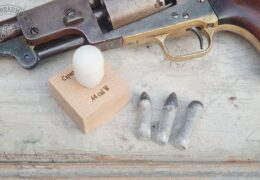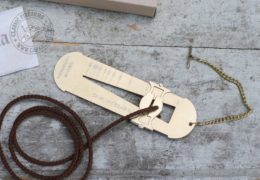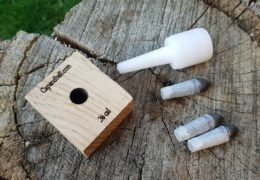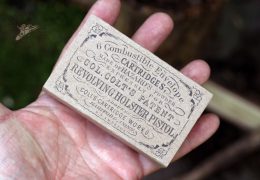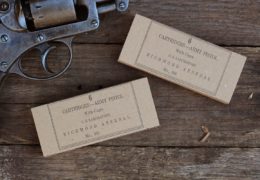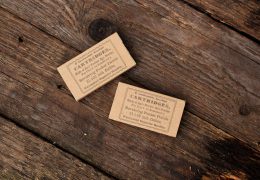The wheel lock Part I. – The birth of the wheel lock

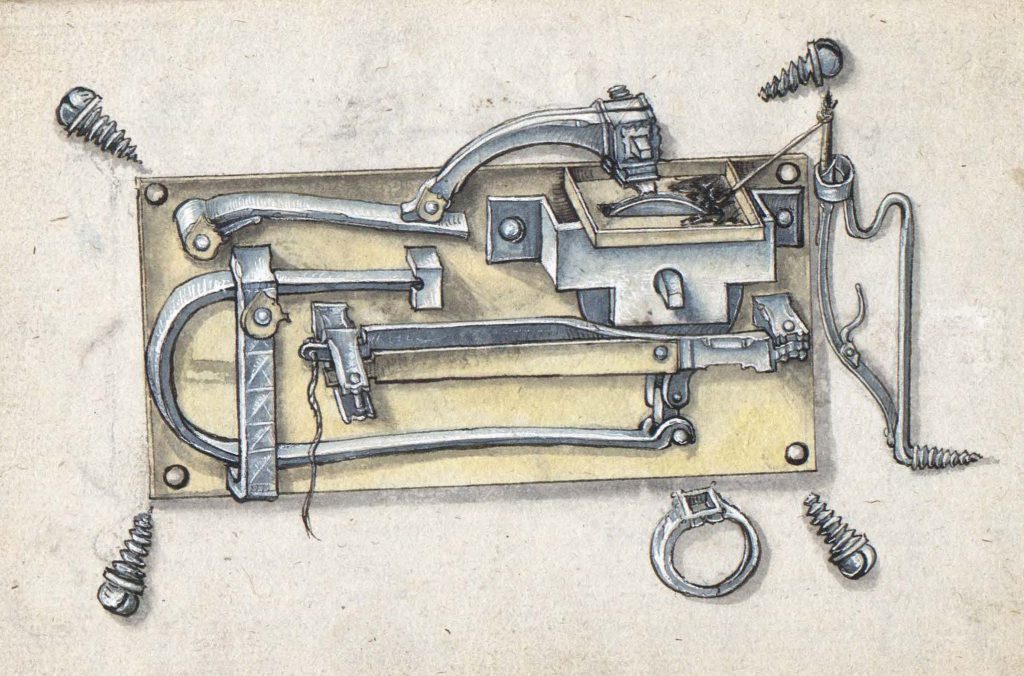
The first wheel lock in the Löffelholz Codex
The wheel lock pistol played an important part not only in firearms development but in revolutionizing warfare. First of all it was the very first firearm that was small enough to be carried on the belt, or under the coat, while it was still capable of firing immediately. The match lock was more complicated to manage and much sensitive to weather. The match itself needed a lot of attention to keep it constantly burning. However a firearm with a burning match in the hammer cannot be holstered or hidden in the overcoat, and also the mach is much harder to manage while on horseback.
The wheel lock mechanism is based on the well know interaction of steel and flint (in this case pyrite). The heart of the lock is a steel wheel driven by a strong spring. The jaws of the hammer are holding the stone that is pressed against the wheel. When the trigger is pulled the wheel rotates and the stone creates sparks just as in the case of cigarette lighters. A wheel lock pistol therefore is capable of an important feature that the match lock is impossible to do: it could be carried loaded cocked, so the soldier could immediately fire when in need. This was the point when finally the horse soldier, law enforcement, and of course criminals found their firearm. But the invention of wheel lock not only meant the first effective firearm of the horseman but this is the first ever true self defence firearm. For all these purposes it was advisable to shrink the size and weight of the musket. That was the point when the pistol was born.
The origins of the wheel lock
The origins of the wheel lock are not clear. We can be sure that the spark of the rolling steel wheel and stone was used for making fire before the appearance of the wheel lock pistol. The right question is who and when used first this tinder lighter system on a firearm. The first graphical and textual sources are all dated from the end of the 15th, beginning of the 16th century. Probably the first graphical example of a wheel lock fire starter and a wheel lock firing mechanism attached to something that looks like a rectangular lock plate are originated from Nürnberg, Germany.
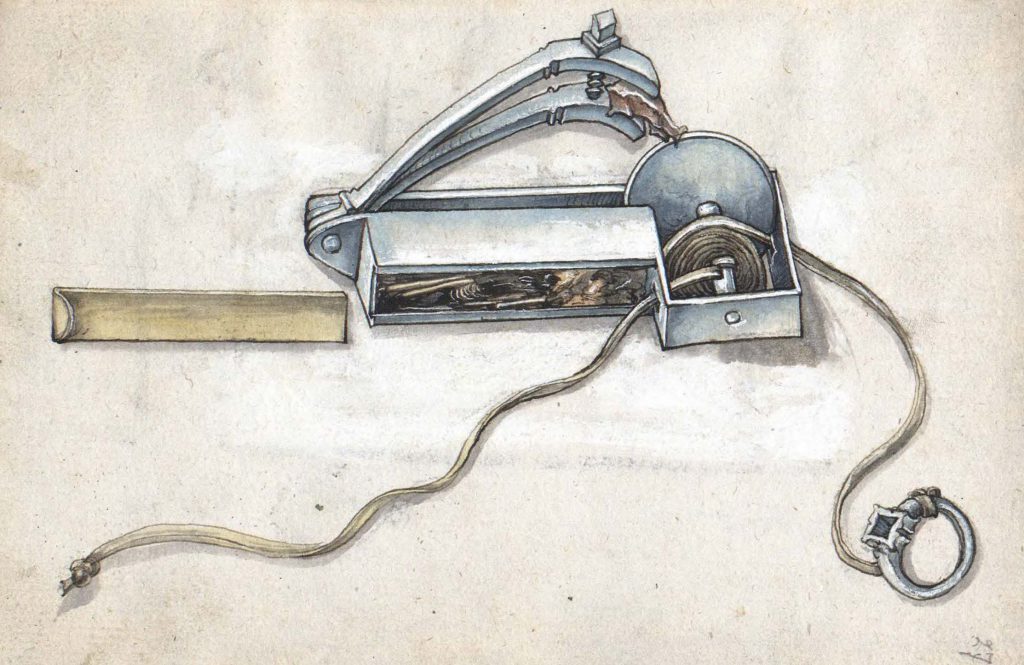
Wheel lock tinder lighter from the Löffelholz-Codex
The Löffelholz Codex[1] by Martin Löffelholz, a citizen of the city of Nürnberg, is dated 1505. This book shows various instruments of hunting and tools for making firearms including the two mentioned wheel lock mechanisms. We can also find a nice example in Leonardo Da Vinci’s Codice Atlantico. The great renaissance inventor’s system is quite different from the ones we know today as wheel lock mechanisms. The main spring of the lock is not a leaf spring but a spiral spring. It can also be possible that it is not the first, but an artist’s idea of improving an existing system. The codex was written and drawn between 1478 and 1517, so the exact year when his mechanism was invented is not known. Da Vinci’s spring selection is not unique. We know quite a few systems from the 17th century also utilizing a coil spring.
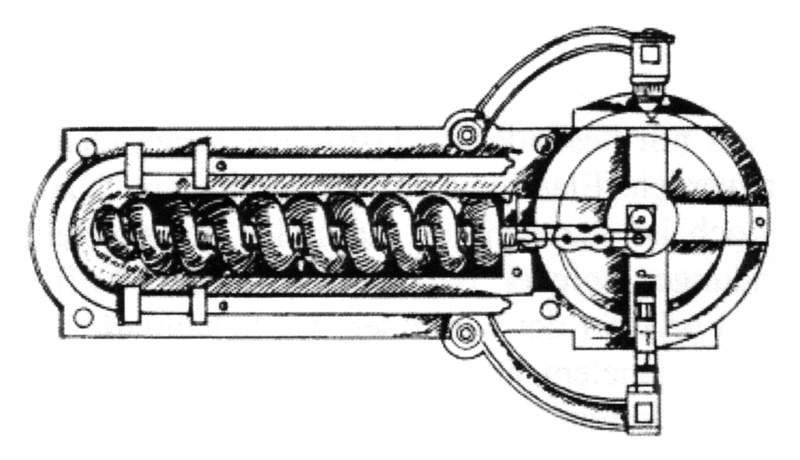
Da Vinci’s wheel lock mechanism
Another example for an early pistol utilizing the sparks of flint and steel is accessible in the Dresden Armoury.[2] The early short gun called Mönchsbüchse[3] – technically a barrel with a lock – is dated 1480[4] and show a simple solution to replace the match. The lock itself is attached to the left side of the 278.1 mm long, 12 mm calibre barrel. The stone is held in the jaws of a modified, spring supported serpent or hammer. The stone was resting on a rough 68 mm long steel plate that had to be pulled and pushed fast to create the necessary sparks to ignite the priming powder. Probably this was the first occasion when the friction of pyrite (flint) and steel is used for this purpose. [5] On the other hand this implement still cannot be called a pistol as it does not comply with one of the most important features of such short handgun: it cannot be fired one handed. One hand held the barrel of the gun firmly while the other was operating the friction lock. There are also debates about the true age of this hand held piece. The outline of the bore suggests a later – probably 1500-1550 – origin, so it is not clear if the Monk’s gun is a organic step in the development or just a parallel dead end road in the history of the wheel lock pistol.
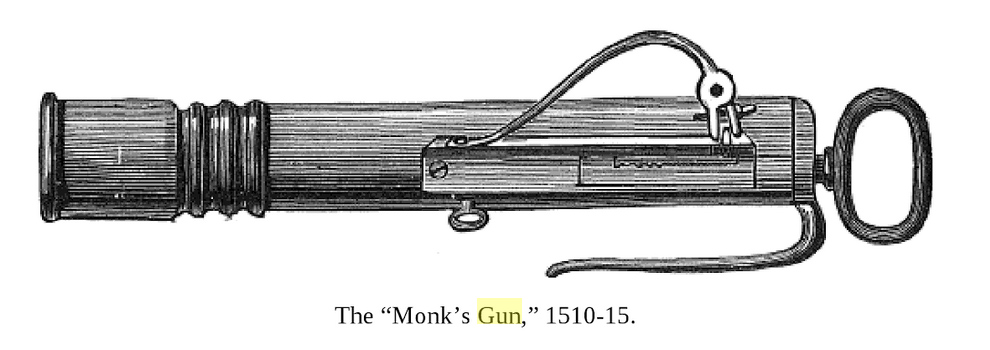
The Monk’s gun, or the rasp lock
The first textual sources about the wheel lock are connected to the Kingdom of Hungary. According to the Codex Hyppolite[6] In 1507 a Czech castle servant[7] called Gaspar was sent to Germany to buy a “firestone rifle”, that was later delivered to Ferrara, Italia by Peter Lardus, Maior castri of the castle at Eger, Hungary. Firestone at this age cannot be anything else than wheel lock as early flintlocks were only invented in the second half of the 16th century. The codex collected the accounting documents of the archbishop of Eger and Esztergom, therefore can be considered an authentic source:
„Item ivit qundam Gaspar Bohemus servitor castri ad sanctum farkas ad amenaniam pro devotione cui feci dare pro suis servicijs fl. 4 cum medio et iterum alios quator ut emeret pro Reverendissimo domino meo unam pixidem de illis que incenduntur cum lapide et emit, et misi Rme. d. s. ferrariam per petrum Lardum castellanum agriensem.”[8]
Other sources indicate that this lock system was invented in 1517 by a gunsmith in Nürnberg called Johann Kiefus.[9] This date is already questionable, but still we do not have a good answer about the true origin of the flintlock. Based on our current sources we can only state that it was invented sometime in the last decades of the 15th century in Germany or Italy, or simultaneously at both places.
Early appearance of the modern wheel lock system in Eastern-Europe is understandable as the Kingdom of Hungary was continuously fighting severe war against the Ottoman Empire invading the Balkans, therefore the most modern arms and tactics could immediately see service. Our first archaeological finds are also dated in the first half of the 16th century. In 1540-41 a great offensive was launched against the Sultan aiming to regain control of the capital city of the Hungarian Kingdom, Buda. Many of the supplies were shipped on the Danube. In 1873 a small boat was found with the equipment of 14 soldiers: 14 swords, 14 armours, 14 gun barrels and 7 of the locks associated to them. These soldiers were not nobles but ordinary foot soldiers, proving that wheel lock became the part of the equipment of the standard infantry soldier as well.
The pistol and gun control
The wheel lock pistol opened a new horizon for the bandits all around Europe. This arm could be carried hidden under the coat loaded and cocked, ready to open fire in any minute. This was a great improvement compared to the matchlocks. As early as the beginning of the 16th century the need to control the firearms in the hands of the civilian arouse. Many sources indicate the first gun control act was issued in 1517, but in fact this is not the complete truth. Three years earlier Vladislav II, king of Hungary issued his decree to restore the governing powers after the revolution of the peasants in 1514:
“60th The non paid priests, students, hajduks, peasants must not bear arms and rifles: because otherwise if the hajduk bears arm, anybody can arrest him, for the first occasion must be emasculated, for the second must be beheaded or killed in a different way. If a peasant has a rifle, his right hand must be cut off.”[10]
Although this law does not mention short firearms, still it message is clear: the capable weapons must stay under the power and control of the governing force at all times.
Maximilian I emperor of the Holy Roman Empire issued the very first decree 1-3 November 1517 who especially banned the civilian use of the wheel locks or “die selbschlagenden hanndtpuchsen, die sich selbszundten”.[11] Banning a gun is probably the best marketing a new firearms concept can get, and even if the will of the emperor was strong, it could not stop the revolution that the first concealed carry gun initialized.
To be continued!
Balázs Németh, 2018
[1] Today the Löffelholz-Codex is in Krakowia, Poland, Biblioteka Jagiellońska. Digital access to the document: http://jbc.bj.uj.edu.pl/dlibra/doccontent?id=258834 Access: 2018-11-26 13:00
[2] Rüstkammer Dresden, Residenzschloss, Taschenberg 2, 01067 Dresden, Germany
[3] Monk’s gun
[4] Kunz, Peter H.: Mönchbüchse um 1480. Schaffhausen, 2009. Digital access to the document: http://www.feuerwaffen.ch/index_htm_files/Konst_08_Moenchsbuechse.pdf 2018-12-04 11:00 Researchers did have not reached an agreement so far on the manufacturing date of the Monk’s gun. The author of this article also believes that the pistol is a later design.
[5] Kunz, Peter H.: Mönchbüchse um 1480. Schaffhausen, 2009. Digital access to the document: http://www.feuerwaffen.ch/index_htm_files/Konst_08_Moenchsbuechse.pdf 2018-12-04 11:00
[6] Estei Hippolit (1479-1520) was the nephew of Beatrice, wife of Matthias rex, king of Hungary. He was appointed the archbishop of Esztergom at the age of 7 in 1487.
[7] Servito castri
[8] közli: Nyáry in: Századok 1870. p682
[9] Temesváry, Ferenc: Pisztolyok, A Magyar Nemzeti Múzeum Tűzfegyver-gyűjteménye I. Akadémiai Kiadó, 1988.
[10] „60. A nem javadalmazott papok, a tanulók, a hajdúk, a parasztok fegyvert és puskát ne viseljenek: „Mert különben, ha a hajdú fegyvert visel, bárki és bárhol elfoghatja s első ízben ki kell herélni, másodízben, ha megint fegyvert visel, feje essék, vagy más halállal bűnhődjék. Ha pedig parasztnak van puskája, annak jobb kezét kell levágni.” Access: http://kelemenagnes.blogspot.com/2009/04/ii-ulaszlo-1514-evi-dekretuma.html 2018-11-26 14:00
[11] Dittrich, Reinhart: Die Entwicklung der Handfauerwaffe – Ein Überblick p14 in: Von alten Handfeuerwaffen. Graz, 1989. p7-40 “these self-percussive handguns which are self-igniting”


